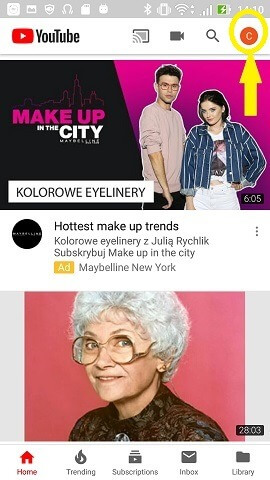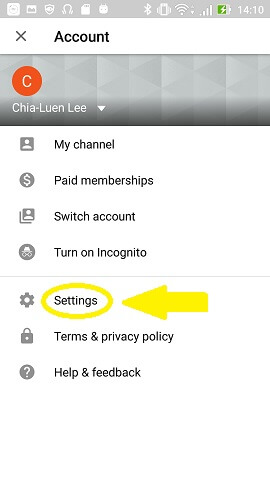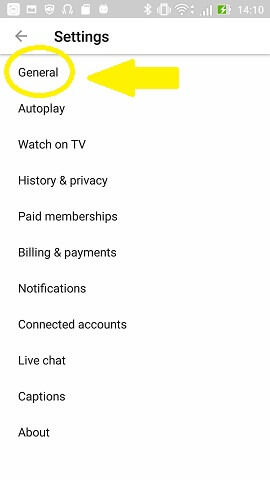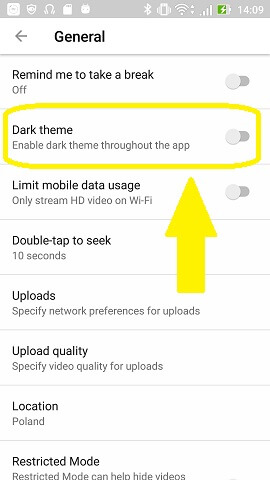#SocialRecap 18: Fresh Social Media Updates + 5 LinkedIn Profile TIPS to Help Recruiters Find You During Your Job Search
In the last #SocialRecap, we talked about key best practices that are part of every good email marketing campaign, and looked at some of the different strategies that Facebook & YouTube are implementing to incentivize their Creators and Devs.
This time, we’re catching up on:
- Groundbreaking developments from Google
- Fresh updates from YouTube and Twitter
- Along with 5 simple but important LinkedIn profile tips to help LinkedIn recruiters & potential employers find you – so you can make meaningful connections that could lead to a much shorter job search.
- Plus more social media news, and key developments in digital marketing, business & tech…
Now, let’s start with Twitter!
1. Twitter is letting users broadcast LIVE audio (and ONLY audio)
Twitter is letting their users broadcast LIVE audio and ONLY audio, both through the main app as well as on the Twitter-owned live-streaming app Periscope. Twitter has had live VIDEO broadcasting for nearly 2 years now, and while public live streaming had its moment on the platform, the feature hasn’t really been getting used very much lately, especially with public interest turning towards more professional media and gaming videos.
By turning its attention towards AUDIO now, Twitter is seizing the opportunity to repurpose and breathe fresh life into its original Live Broadcasting feature with an audio-first twist. Users can broadcast live audio now through Twitter and Periscope on iOS.
2. Google Assistant has become the first multi-lingual virtual assistant
Google Assistant is getting smarter and smarter:
- First, the engineers over at Google AI were able to teach the Assistant to schedule appointments over the phone,
- Then, it learned how to carry out fixed routines,
- And now, it’s even bi-lingual!
Google Assistant has become the first bilingual virtual assistant on the market, with the ability to respond to user voice commands in 2 different languages.
Right now, users can choose 2 languages from a list that includes: English, French, German, Italian, Japanese and Spanish.
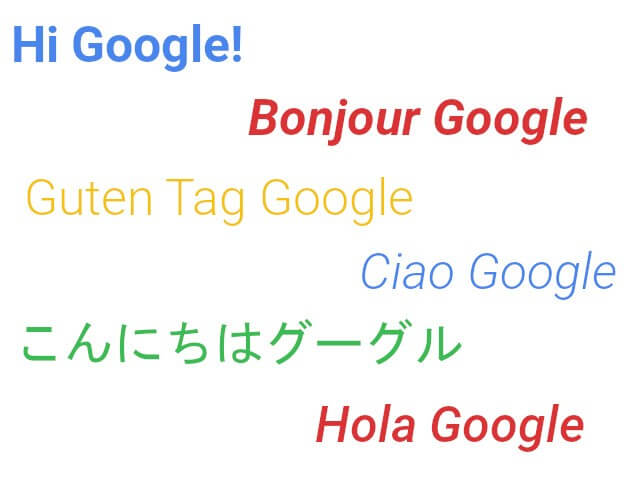
The folks over at Google are currently working on adding Hindi, Indonesian, Korean, Brazilian Portuguese and Thai to the list.
3. NEW Dataset Search Tool from Google to support researchers & journalists
Google’s next update is one that researchers, journalists & other fact-checkers will appreciate. Google has released a new Dataset Search Tool to help researchers uncover publicly available data that too often gets buried deep inside the Internet.

Users can search for datasets on the website, and the tool will scrape government databases, digital libraries, public sources & personal websites to find it. If the data is structured using schema.org’s markup or equivalent structures mentioned in the W3C, the Google Dataset Search Tool will find it.
4. Is Google getting rid of the URL?
A growing rumor has it that Google wants to get rid of the URL. URLs (Uniform Resource Locators) are the addresses that we use to open a file on the web, such as a website.
Opening a file on our own computers is easy – you just find it and double click on it. Opening a remote file (which is what we do when we access a website) is a little more complicated. For example, to access Google, you would enter the URL in the navigation bar.

This URL looks pretty simple because it’s just taking us to the main page of Google… but a URL can also take us to other places: like various login pages, a direct image, or even help us download videos… and much more. It can start to get complicated and appear pretty nonsensical to the typical Internet user, like with this URL to Google Docs (and there are many longer and much more complex URLs out there).

UTM links, shorteners and redirect schemes only serve to make URLs more complicated, which can lead to phishing scams, false impersonation of legit websites, and other types of criminal cyber activity.
A few years ago, Google came out with the “origin chip” which showed users the main domain of the site that they were on, and when they clicked on the chip, the rest of the URL turned into a Google Search box. While this ensured that users could identify the domain that they were actually browsing on, it didn’t quite meet the needs of a real URL, and the project was put on backlog.
The Google Chrome team is currently researching different methods of approaching the traditional URL and they’re aiming for more public discussions in Fall or Spring.
5. NEW Facebook Creator Studio to help Creators understand how to improve their content
The recently launched Facebook Creator Studio might have been a bit overshadowed by Facebook Watch, which was launched at the same time, but the Creator Studio is a new feature that can help Creators manage their Facebook Pages and understand how their content is performing.
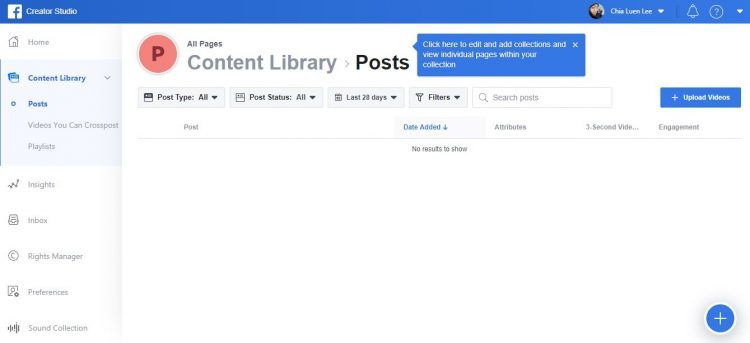
Creators can see how individual posts are doing, access soundtracks and sound effects, coordinate cross-posting between pages, and find out which types of content perform the best in terms of views, returning viewers and reactions – even across multiple pages.
6. YouTube’s dark theme expanding to more Android users
And just a couple months ago in July, YouTube started rolling out their dark theme to a select handful of users. Now, with the new update – the layout will finally be available to MORE Android users.
The dark theme makes it easier for viewers to watch videos in the dark & can also help certain devices conserve energy. For instance, if you’re watching YouTube on a device with an AMOLED screen, your screen lights up individual pixels instead of the entire area with a backlight – and more black pixels (dark theme) means less energy is exerted.
If you have an LCD or IPS screen, this won’t affect your energy conservation, because your pixels are getting lit up no matter what.
How to turn on YouTube’s dark theme in Android:
- Launch the YouTube app on your Android device.
- Tap on your YouTube account in the upper right corner.
- From here, tap on Settings.
- Now, tap on General.
- Now, you can enable the dark theme.
And voila! Dark theme – activated.
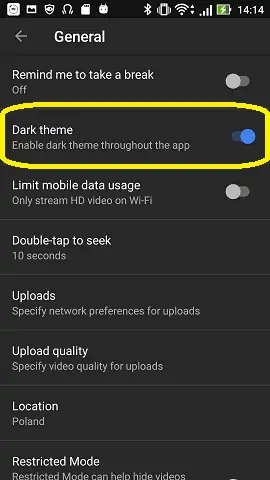
If you don’t see Dark theme available in your General settings, it’s likely you don’t have the newest version of the YouTube app, so remember to download the update from the Google Play store.
BONUS: 5 LinkedIn profile tips to help LinkedIn recruiters find you during your job search
And NOW – if you’re active on LinkedIn, you likely created an account to make professional connections and treat the site as a type of career networking platform, with your personal profile acting like an online resume. If that’s what you’re doing or if that’s your goal, then you need to follow these 5 key profile tips recommended by top LinkedIn specialists and career development practitioners to help maximize your LinkedIn visibility – and ensure that LinkedIn recruiters & potential employers are able to find you.
1. You need to make sure your LinkedIn profile looks good.
How? Assuming you already have the super basics down, like a picture, header image and a complete “basic” profile (I’m sure you do, right?) – this is about providing the magic little details that will make you easier to find.
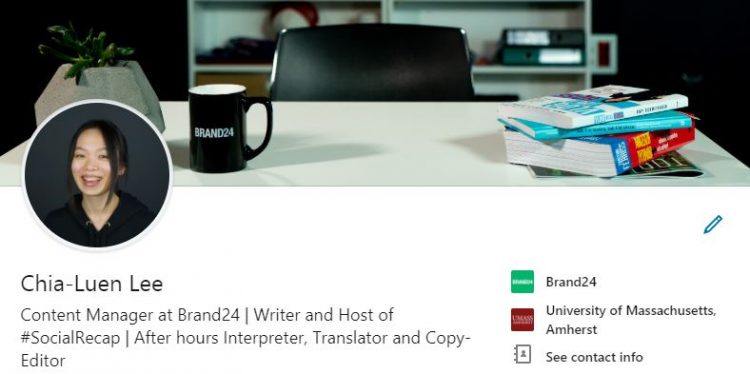
Even if you’re in-between jobs and not currently employed, make sure that your “Current Position” section is filled in. Up to 86% of potential job candidates that are approached by employers and LinkedIn recruiters are already actively employed.
And there’s no need to be dishonest in your profile – if you’re not employed now, you can provide information about the activities that you’re currently involved in, like networking, researching or studying – and list your employer as “various”.
TIP: LinkedIn specialists recommend avoiding the term “seeking opportunities” so that you don’t appear overeager.
2. Ask for a LinkedIn recommendation from people you’ve worked with and those who know you.
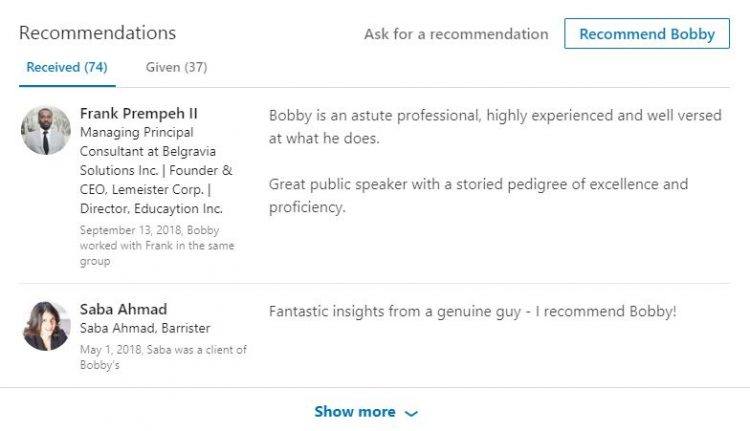
The point of having a public profile is so that your connections can get to know you better. All the more important for potential employers and LinkedIn recruiters who – unless they really do know you personally – are only able to get a fuzzy idea of your strengths from your profile, at best. Enter LinkedIn recommendations (and endorsements).
3. Let that LinkedIn recruiter know you’re available.

Switch on the setting that lets potential employers and LinkedIn recruiters know that you’re available, even if you’re already employed.
4. Craft personalized messages.
If you contact any employers directly, make sure your message is personalized and not a generic canned message that could be forwarded to every single LinkedIn recruiter.
5. Reach out to your LinkedIn connections.
Really USE LinkedIn to see if you have any connections in the industry or company that you want to work in.

Ask your LinkedIn connections for some tips or an introduction. And if you don’t have any connections yet, interact with potential employers by commenting on their posts or tactfully participate in their discussions in different LinkedIn Groups. It’s about building a network that can lead to meaningful connections, as well as interesting career opportunities.
Stay up to date on top highlights in social news & key digital developments with the #SocialRecap
Keep up with changing trends in social media, business, digital marketing and tech. The #SocialRecap helps you stay up to date on recent industry developments – so you can adjust your strategies accordingly.
Get your social updates the way YOU want it:
- Read up on the top social media news featured in the #SocialRecap here on the blog.
- Watch the FULL #SocialRecap on YouTube.
- Listen to the #SocialRecap on Soundcloud (full version).
Recommended for you:
- #SocialRecap 17: Top Social News Updates + 6 Key Best Practices in Email Marketing
- #SocialRecap 16: How Alex Jones Inspired a Viral Twitter Block List, New Facebook Live Updates and MORE Social Media News!
- #SocialRecap 15: Tech Takes Over and Records Get Smashed in This Week’s Top 7 Social Media News Updates
Are there any other tools & topics that you want to hear about in the next #SocialRecap? Let us know and we’ll dig into it for you.
Tweet us or comment on any of the FB, YT or Soundcloud episodes mentioned above – we’ll be listening!
Top Reads
Brand Monitoring: Tools & Guide for 2026
Brand Awareness Strategy [The Ultimate Guide for 2026]
The Best AI Hashtag Tracker and Other Hashtag Tracking Tools [2026]
Social Media Reach: How to Measure & Improve It in 2026?
X (Twitter) Analytics Tools: The 10 Best to Try in 2026
Sentiment Analysis: What is it & Why do You Need it in 2026?
Share of Voice: Definition, Calculation, Tools [2026 Guide]
Brand Reputation Management: 6 Expert Tips for 2026
A Complete Guide to AI Social Media Analysis [2025]
How to See How Many Times a Hashtag Was Used on X (Twitter)
Start Social Listening!
Get the Brand24 trial and start social listening like a PRO.
